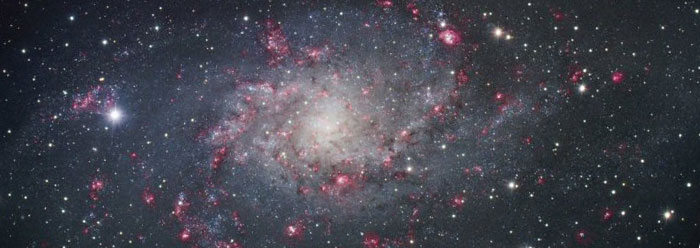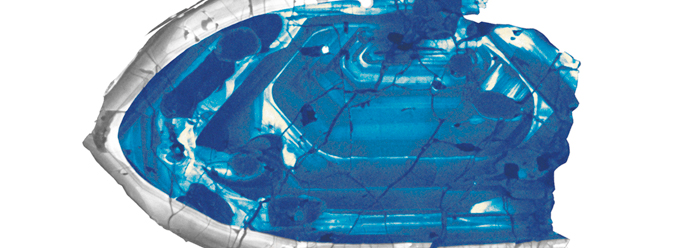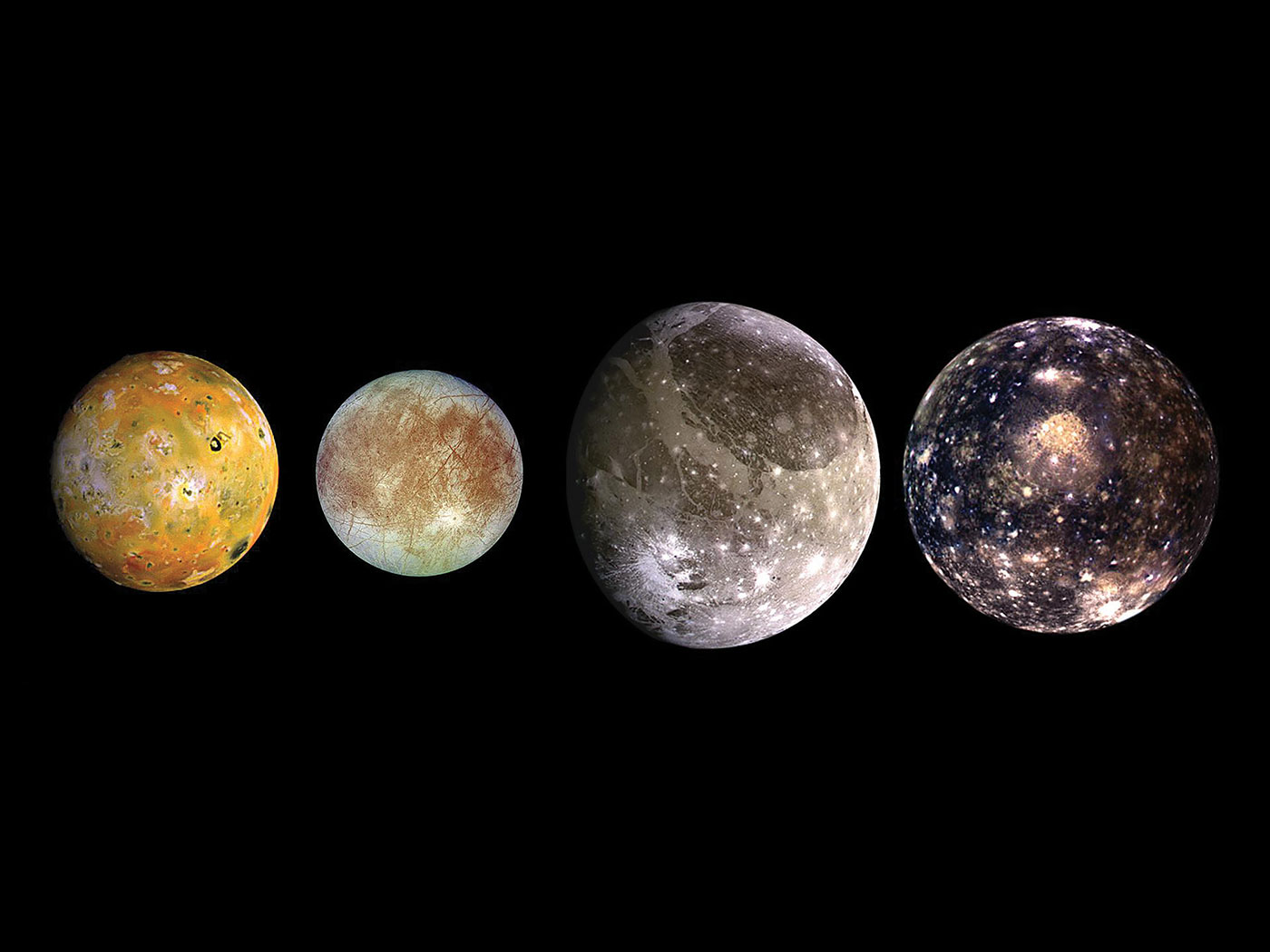Introduction
On May 20-21, 1998, a second conference to address radioisotopes and the age of the earth (RATE) met in San Diego, California. Six research scientists with specialized training in Geology, Geophysics, Astrophysics, and Physics met to report on research completed over the past year. They also discussed plans for future activities. The Institute for Creation Research (ICR), Answers in Genesis (AIG), and the Creation Research Society (CRS) are jointly sponsoring these conferences to develop and communicate an understanding of radioisotope data from a young-earth perspective. An initial approach taken by some of the investigators is to explore models for accelerated rates of decay of radioisotopes during Creation, the Fall, or the Flood. Several sources of data suggest that significant quantities of radioactive decay have occurred during the history of the earth and cosmos. The conventional age model assumes that this decay has occurred over billions of years at constant rates rather than in concentrated episodes over short periods of time. Some of the RATE researchers believe other explanations that do not require accelerated decay may be the answer, such as the geochemical distribution of elements.
Geological Research
Dr. Steven Austin of ICR led off the conference with a paper entitled, "Continuing Research on Isochron Dating Methods Applied to Grand Canyon Rocks." He presented plots of the ratios of various radionuclides usually interpreted as "isochron ages" from over 40 rock samples collected from Grand Canyon Pleistocene and Precambrian layers. These samples were analyzed using Pb-Pb, Sm-Nd, Rb-Sr, and K-Ar methods. Attention was focused on daughter products of lead, neodymium, strontium, and argon for whole-rock and mineral concentrates. The various linear array plots could be interpreted as "isochrons" from the different dating methods. However, discordant "ages" resulted, even for mineral concentrates from the same rock. Although the discordant isochron "ages" are the normal pattern, the discordance seems to differ in a predictable fashion. Alpha daughter products give older apparent "ages" than beta daughter products. More measurements and analyses, especially mineral isochrons, may help identify the cause of the observed trends.
Dr. Andrew Snelling of AIG continued the geological emphasis with a paper entitled, "Solving the Long-Age Isotope Dating Problem: Geology and Geochemistry." He reported on the K-Ar analyses of recent (less than 50 years old) lava flows at Mt. Ngauruhoe, New Zealand, which produced model ages as high as 3.5 million years. The large age is due to excessive concentrations of primordial argon in the samples which renders problematic the use of K-Ar and Ar-Ar as methods for dating rocks. It is not possible to distinguish the primordial argon incorporated as a rock formed from that produced later by nuclear decay. Dr. Snelling demonstrated that argon is infiltrating the crust of the earth from reservoirs in the mantle over various space and time scales. Additionally, the Sm-Nd, Rb-Sr, and U-Th-Pb dating methods also rely on assumptions about the initial starting conditions in the earth's mantle. Various hypothetical models for different compositional domains in the mantle are utilized by geochemists to explain the measured isotope ratios in crustal rocks, in some instances without resorting to age interpretations. Dr. Snelling intends to pursue this explanation as an alternative to accelerated decay.
Geophysics and Astrophysics Research
Dr. John Baumgardner, a geophysicist with Los Alamos National Laboratory, offered a paper entitled, "The Distribution of Radioactive Elements in the Earth and Implications Relative to the History of Nuclear Decay." He presented data for the concentration of radioactive elements and corresponding heat production for different geological materials and their distribution relative to the earth's surface. The data show that the most radioactive rocks are strongly concentrated toward the earth's surface, particularly in the continental crust. Dr. Baumgardner emphasized the curious fact that the flow of heat out of the earth is strongly correlated (at a local level) with the amount of radioactivity in the surface rocks. This suggests the surface heat flow is dominated by the radioactive heat generation in the near surface rocks. However, the amount of radioactive heat production even in highly radioactive granitic rocks appears to be insufficient to produce the observed patterns of surface heat flow if one assumes present-day decay rates over a period of just a few thousand years. This hints that rates were much higher sometime in the recent past. On the other hand, the amount of radioactive heat production in granitic rocks appears to be much too large to allow extreme amounts of decay (e.g., several hundred million years' worth at present rates) in a short interval of time.
Dr. Donald DeYoung, an associate editor with the Creation Research Society Quarterly and professor at Grace College in Indiana, in response to a request to begin writing chapters for the Status Report to be published by the RATE group in the year 2000, presented a paper entitled, "Radiometric Dating Review." In this paper he discussed the procedures and assumptions of seven of the more popular dating methods used for rocks, including samarium-neodymium, rhenium-osmium, uranium-lead, thorium-lead, rubidium-strontium, potassium-argon, and argon-argon. He stressed that all of these methods make three main assumptions. In all cases it is assumed in conventional age dating that the nuclear decay rate or half-life has always remained constant, that the isotopic composition of rock samples has not been changed by fractionation over time, and that rock samples have been closed systems over time with no migration of parent or daughter elements into or out of the rocks. Dr. DeYoung then explored briefly the magnitude of accelerated decay necessary to explain all of the daughter products typically found in rocks.
Physics Research
Dr. Eugene Chaffin, editor of the Creation Research Society Quarterly and professor at Bluefield College in Virginia, led off a series of three physics presentations with, "A Study of the Variation in the Neutron Resonance and Effective Capture Cross Section of Samarium for the Oklo Natural Reactor." The Oklo natural reactor is a fissionable deposit of uranium which accumulated in a sandstone layer in Africa and was apparently active during Earth history. By looking at residual daughter elements, Dr. Chaffin has attempted to show that the natural reaction would be consistent with a young Earth, but not one which is billions of years old. If an accelerated decay event occurred, the concern is that the ore in the Oklo natural reactor would not be present in the measured amounts. In this presentation, Dr. Chaffin calls into question the treatment of the calculated cross section of the samarium isotopes which act as "poisons" in the reactor to slow down the process. He suggests that several variables in the calculation of nuclear cross section could change by orders of magnitude under conditions of an accelerated decay rate.
Dr. D. Russell Humphreys, a physicist at Sandia National Laboratory in Albuquerque, New Mexico, presented a paper entitled, "Helium Diffusion through Granite." Dr. Humphreys offered both experimental and theoretical data to support his hypothesis that the concentration of helium is too high in certain minerals in granite if the earth is billions of years old. The diffusion rate of helium through granite should have permitted most of the helium to have already "leaked" into the atmosphere. However, if an accelerated decay event occurred only a few thousand years ago, the measured concentrations of helium would be consistent with the calculated diffusion rate. Helium is produced by radioactive decay of uranium and thorium within zircon crystals embedded in biotite flakes of granite. Although the diffusion rate of a similar gas, argon, has been measured in biotite, no results for helium diffusion have been reported in the literature. The predictions of diffusion rates between the two age models differ by five orders of magnitude. Dr. Humphreys suggested that a high-priority experiment for the RATE project should be a well-designed and executed laboratory experiment on the diffusion rate of helium through biotite.
Dr. Keith Wanser, a professor of physics at California State University Fullerton, was invited to present a paper to the RATE group entitled, "Non-Exponential Decay of Quantum Mechanical Systems Due to Tunneling." Although Dr. Wanser is not part of the steering committee for the RATE project, he was invited to participate on the first day of presentations because of the possible significance of his research to the effort. The RATE group plans to include other researchers in the formal presentations from time to time, on an invited basis, as appropriate research and opportunities occur. Dr. Wanser's presentation dealt with the rigorous quantum theory of time-dependent tunneling, which produces non-exponential time dependence in nuclear decay rates. The difficulty in making these calculations is finding analytical methods which will allow computation of the decay probability over an extreme range of time scales (at least 37 orders of magnitude). He has found an analytical solution for the Green's function which reduces the time dependence of the decay probability to the evaluation of a single integral. For the alpha decay problem, he plans to investigate neodymium first, which has the longest half-life (2.1 x 1015 years) and the lowest alpha particle energy (1.83 MeV) of any alpha emitter. As such, it is expected to exhibit the greatest non-exponential decay effects at short times.
Other Discussion
The RATE group met for a second day to discuss plans for additional research and publication of the Status Report in 2000. About a dozen theoretical and experimental research projects were identified for consideration. The RATE group will be writing research proposals during the next year so that individuals and foundations can be approached for funding. Additional researchers will be selected in their areas of expertise and work directly with one of the RATE scientists. Expressions of interest by scientists should be submitted to Dr. Vardiman at ICR. Inquiries about participation should include a vita, a list of publications, and a research proposal or offer of help. Dr. Vardiman will then forward this package to the appropriate scientist.
The Status Report and Research Plan will be published jointly by ICR, AIG, and CRS in the summer of 2000. Following release of this report the RATE group plans to conduct research on this project for a period of five years and report on the progress in the year 2005.
Appeal for Prayer
We would appreciate your involvement in this effort. The most important contribution you can make is through prayer. We recognize that this is a monumental task, and we need you to pray that we would have wisdom as we work. For the first two conferences we have started the meetings with devotionals related to David and Goliath. Because David had confidence in God's provision in the past when he dealt with a lion and a bear, he believed God would take care of Goliath. Please pray that we will have such confidence.
* Dr. Vardiman is Executive Vice President of ICR and Chairs the Astrogeophysics Department of the ICR Graduate School.


















